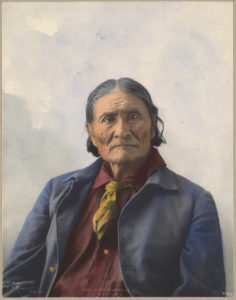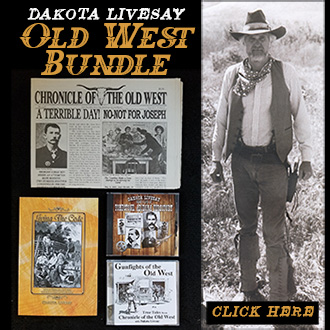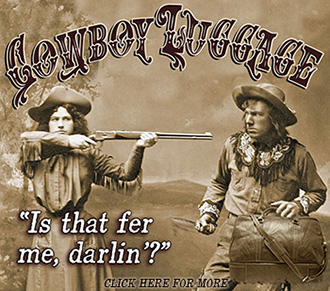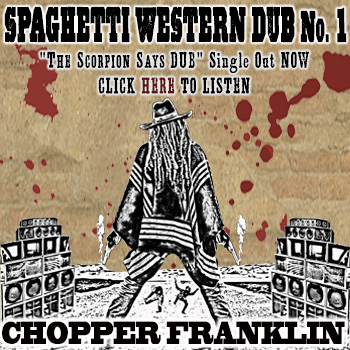 September 2, 1894, Daily Star, Tucson, Arizona – A dispatch sent out from Chicago is that old Geronimo and his band of Apache savages, who have been prisoners at Mount Vernon barracks, Alabama for a long time, are to be removed to Fort Sill, O. T. Secretary Fairmont has ordered their return to the west, and Captain Marion T. Maus, one of the officers on duty at General Miles’ headquarters in Chicago, has gone, it is said, to Alabama to personally direct the transfer. The Indians, to the number of nearly 300, will be taken to Fort Sill, and after a period of surveillance there, will be returned to their old reservation in the mountains of eastern Arizona.
September 2, 1894, Daily Star, Tucson, Arizona – A dispatch sent out from Chicago is that old Geronimo and his band of Apache savages, who have been prisoners at Mount Vernon barracks, Alabama for a long time, are to be removed to Fort Sill, O. T. Secretary Fairmont has ordered their return to the west, and Captain Marion T. Maus, one of the officers on duty at General Miles’ headquarters in Chicago, has gone, it is said, to Alabama to personally direct the transfer. The Indians, to the number of nearly 300, will be taken to Fort Sill, and after a period of surveillance there, will be returned to their old reservation in the mountains of eastern Arizona.
The Indians, after their capture in March, 1886, by regular troops under General George Crook, escaped and were subsequently retaken by General miles, who had relieved Crook. The cut throats, after their capture, were taken as prisoners of war to Florida.
They were confined there for sometime, but owing to the injurious effects of the climate upon the Indians they were removed to Mount Vernon barracks, about twenty-five miles from Mobile. Here the climate was no better, and many of the Indians died from consumption and other pulmonary diseases. They had been used to the dry air of the plains and the humidity and warmth brought on illness. From 500 or 690 the band has been reduced to less than 300, and their removal is now made in the interests of humanity.
General Crook before his death made strenuous efforts to bring about the removal of these Indians to their new home, and he argues that long imprisonment and suffering had broken them in spirit and taken out of them all desire to renew their former savagery Four years ago a movement looking to their transfer was inaugurated, but the moment it became known the people of Arizona and New Mexico sent a delegation of citizens here to protest. The attempt was then abandoned, and it was not renewed until lately.
The matter was called up in congress a few months ago and a provision was inserted in the Indian appropriation bill setting apart a sufficient sum for removal of these Indians to “one of the territories.” No place was specified and the provision was passed, in spit of Delegates Smith of Arizona, Joseph of New Mexico and Flynn of Oklahoma.
It is in accordance with the provision of the recently approved Indian appropriation bill that Captain Maus, order direction of the war department, will now conduct the Indians from the scene of their long imprisonment. They will be taken to Fort Sill, which is near the center of the Kiowa, Comanche and Apache reservation in the southern part of Oklahoma Territory. It is probable that the citizens of Oklahoma will protest, but as Fort Sill is pretty well garrisoned their need be no fear of an Indian outbreak, even with Geronimo’s band quartered there. Some time this fall it is expected that the band will be returned to Arizona.
So far no action whatever has been taken by the people of Arizona with reference to the removal of Geronimo and his band to Fort Sill. It is not likely that any protest will be made, that being the opinion of the oldest citizens interviewed on the subject that little is to be feared from the return of the band after so long an absence in the south. None of theses oldtimers hesitated in saying that they do not apprehend that these Indians would make any attempt to reach their old haunts from Fort Sill. Geronimo is an old man now and the time is not far distant when he will go to join on the happy hunting grounds the braves gone before him. His hair is turning gray, his shoulders are stooped and his step far from being as firm as in the days he and his followers roamed over Arizona striking terror to the hearts of the settlers. Then, again, it is said he has undergone a change of heart, the old renegade of late years having acted as superintendent of a Sunday school at the old historical Alabama fort. But an Apache is an Apache; he’s not a good Indian till he’s dead.
 Thomas Bowe was a slightly built man, who stood about 5 foot 6 inches. He had a hair trigger, both personally and gun-wise. With a mysterious background that supposedly included murder and stagecoach robbery, Thomas showed up in Silver City, New Mexico during the winter of 1874.
Thomas Bowe was a slightly built man, who stood about 5 foot 6 inches. He had a hair trigger, both personally and gun-wise. With a mysterious background that supposedly included murder and stagecoach robbery, Thomas showed up in Silver City, New Mexico during the winter of 1874. Thomas Bowe was a slightly built man, who stood about 5 foot 6 inches. He had a hair trigger, both personally and gun-wise. With a mysterious background that supposedly included murder and stagecoach robbery, Thomas showed up in Silver City, New Mexico during the winter of 1874.
Thomas Bowe was a slightly built man, who stood about 5 foot 6 inches. He had a hair trigger, both personally and gun-wise. With a mysterious background that supposedly included murder and stagecoach robbery, Thomas showed up in Silver City, New Mexico during the winter of 1874.



 TOMBSTONE, ARIZONA TERRITORY. As the story goes, Ed Schieffelin, while prospecting in southeast Arizona, was told that all he would be able to find would be his tombstone. What Schieffelin found was an area that ended up producing $30 million in silver. On September 3, 1877, he recorded his claim, jokingly naming it the Tombstone Mine.
TOMBSTONE, ARIZONA TERRITORY. As the story goes, Ed Schieffelin, while prospecting in southeast Arizona, was told that all he would be able to find would be his tombstone. What Schieffelin found was an area that ended up producing $30 million in silver. On September 3, 1877, he recorded his claim, jokingly naming it the Tombstone Mine.





